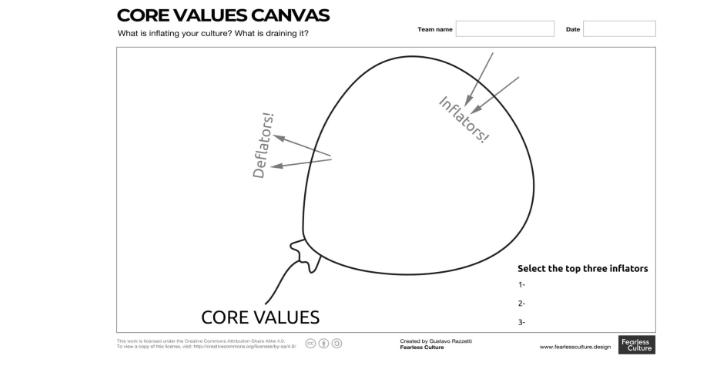Product Discovery- don’t screw it up

Most design teams work hard to deliver solutions with complex systems. And all teams, usually, have to discover two things:
- What is the real solution our customer needs?
- Does this solution apply to generalists or specialists?
The answer to these questions requires a proper product discovery before committing any resources. So before we jump in and put a bunch of features on the roadmap to build, we have to run a successful product discovery. A product discovery will save us resources such as time, money, and sanity.
We do product discoveries to answer these questions:
- Will the customer buy this, or choose to use it?
- Can the user figure out how to use it?
- Can we build it?
- Does this solution work for our business?
It’s not enough to have the opinion of the Product Manager or a CEO on the questions above. We must collect evidence. This evidence is gathered from proper product discovery. When it comes to this stage, there are usually principles that always apply and will help you get a better end picture. Keep in mind that they vary from company to company and may be different in your case.
1. Customers don’t know everything

If you take a look at history, customers almost never had any idea that they will love what they are using nowadays. Or that it was even possible to create. And this idea becomes true only with time. So you don’t need to have high hopes for your customers when looking for the right answer. It is our job to make sure the solution we deliver solves an underlying problem and brings value to them.
2. Establish the value

A product can survive with bugs, compatibility issues, or a poor user experience. Until we fix everything of course. But without a core value, it will become hard for the customer to choose us over someone else. This should be our primary focus during the discovery stage — what is the core value it provides?
3. Many ideas won’t work
You should expect that many ideas won’t work, but the ones that do will need many iterations. We need to be open to solving the underlying problem from different perspectives. The reason for that is value. But sometimes the design is too complicated, and we need to simplify it.
4. Test with real customers
One of the most common traps in design is to assume that we can expect the customer’s actual response. We must base our solutions either on research with evidence or our own experiences. We must test the idea before we commit to building anything, and not after.
5. Can we build it?

If your engineers see the idea only after you did the planning and put all the features on the roadmap, you have already failed. We need to ensure that we can build it before committing. So implicating engineers during the process is a must-have step. This will save you tons of time and energy.
6. Iterate fast and many times
The discovery stage is all about speed. This lets us try as many ideas as possible. Try out many approaches for one solution. There is no silver bullet on how many times to iterate. Usually, teams test around 15–20 prototypes. Your team may do more or less.
An important note here is that an iteration should not make it further than the product team. When you create a prototype, it exposes problems that make you change your mind. So don’t jump straight away to show it to your customers.
7. It must be aligned with your business goals
In the end, if all we discover does not meet our business goals, we did our job bad. What do business goals encompass? It includes financial considerations. Opinion and goals of marketing, sales, legal, business development, and the management team.
It will destroy your team’s morale if they find out that after spending an enormous amount of time and effort, it can’t be launched because it does not meet your business goals. So get into consideration all the constraints and business goals you have ahead before committing to a roadmap.
Author’s Bio
 Fortunate Jideofor Nneji is a Senior Product Manager at Sabi.am where he leads the product team focused on the E-commerce experience that drives merchants to buy stock for their shops online. His goal with the team is to scale up the discovery and delivery capacity of the team to meet user needs in various African countries.
Fortunate Jideofor Nneji is a Senior Product Manager at Sabi.am where he leads the product team focused on the E-commerce experience that drives merchants to buy stock for their shops online. His goal with the team is to scale up the discovery and delivery capacity of the team to meet user needs in various African countries.
With over 7 years in product, he has guided the growth of multiple products and product people across E-commerce, Energy, and Education.







